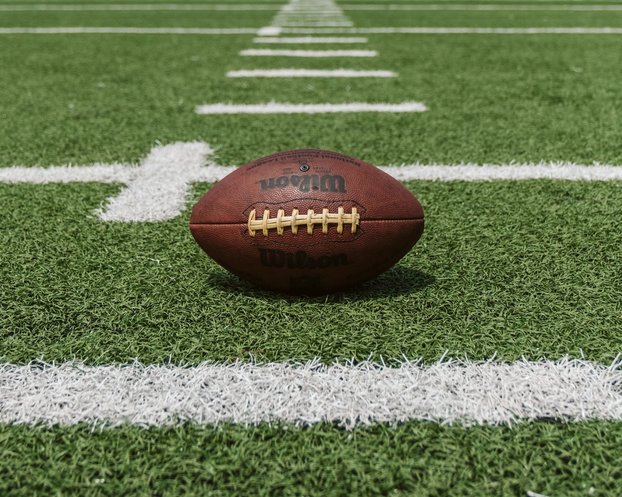- CapperTek
- Sports and Betting Blogs
- What Equipment Do Football Players Use To Train?
What Equipment Do Football Players Use To Train?
Mon, Aug 1, 2022
by
CapperTek

You must be agile and accurate to excel as a football player. Professional and amateur players constantly train to maintain their endurance and energy levels. A range of training equipment may hone football players' agility and coordination.
You can depend on these quarterback training equipment to last a long time and sustain frequent usage since they are made of high-quality materials in a factory setting. In the context of football practice, what are some examples of the many types of equipment? Football players use various equipment when they practice, five examples of which are given below.
Pop-up Goals and Marker Cones
The marker cone is frequently overestimated, despite being one of the most common features of each football training field. Marker cones are an excellent choice.
It is possible to employ them in various ways in the training field. In addition to being simple to store and carry, pop-up goals offer a feeling of matchday 'authenticity' to training sessions. Pop-up goals are available in a variety of sizes as well, which is another plus. The little pop-up goals are an absolute must to improve your shooting accuracy. Strikers' ability to score will increase if you practice them with fewer goals.
Ladders and Hurdlers
Fast feet and fast responses are essential in football. To be a successful coach, you must concentrate on developing these qualities in your players, especially in younger players.
Speed ladders may be used as a training tool to make footwork drills, brief sprints, and agility training. Ladder games are typical kind of this type of game, with participants following a predetermined path across the grass. Increasing speed while retaining a pattern and rhythm may be accomplished by specifying the number of steps a player should take on each ladder rung.
Wall Mannequin
For small groups exercising together, it's essential to have access to a free-kick wall mannequin. Any experienced player or a regular coach will tell you that it is hard to overstate the value of making the most of your team's set pieces. This is especially true in the game of football.
Training using mannequins, which simulate an opponent's free-kick wall, allows players to improve their accuracy while preparing for the more difficult matchday hurdle. Even though the dummy can't leap as a genuine free-kick wall can, its existence helps free-kick takers to learn skills such as dipping and curling.
Shalom Poles
Many football training activities may be performed with Shalom poles. Halo poles typically range in height from 1.5 to 1.8 meters, are staked into the training field, and utilized for various exercises. As an option for indoor training, weighted pole bases are offered.
To build strength in the upper body, use Shalom poles. Running or dribbling workouts often employ markers, although they may be set up as you choose. Shalom poles have the added benefit of being versatile enough to be utilized with or without a ball.
Speed Resistors
A strong degree of ball-handling strength is needed for outfield players to fight off opponents' tackles at high speeds during games. Whether working with a big group or one-on-one, speed resistors provide simple but effective outcomes.
Anaerobic endurance, acceleration, and lower-body power are all improved using speed resistors. You (the coach) or a colleague might be used to challenge your players' sprint speed and power, depending on the kind of training session. An individual holds back on the resistor strap as another individual runs at full speed to produce "load." As soon as the resistor is removed, the runner will be ready to go faster and harder.
The ideal football training equipment may be found between the sticks to prepare players for a real-life football game. Use the football training equipment above to hone your talents and sharpen your skills since repetition is the key to success.